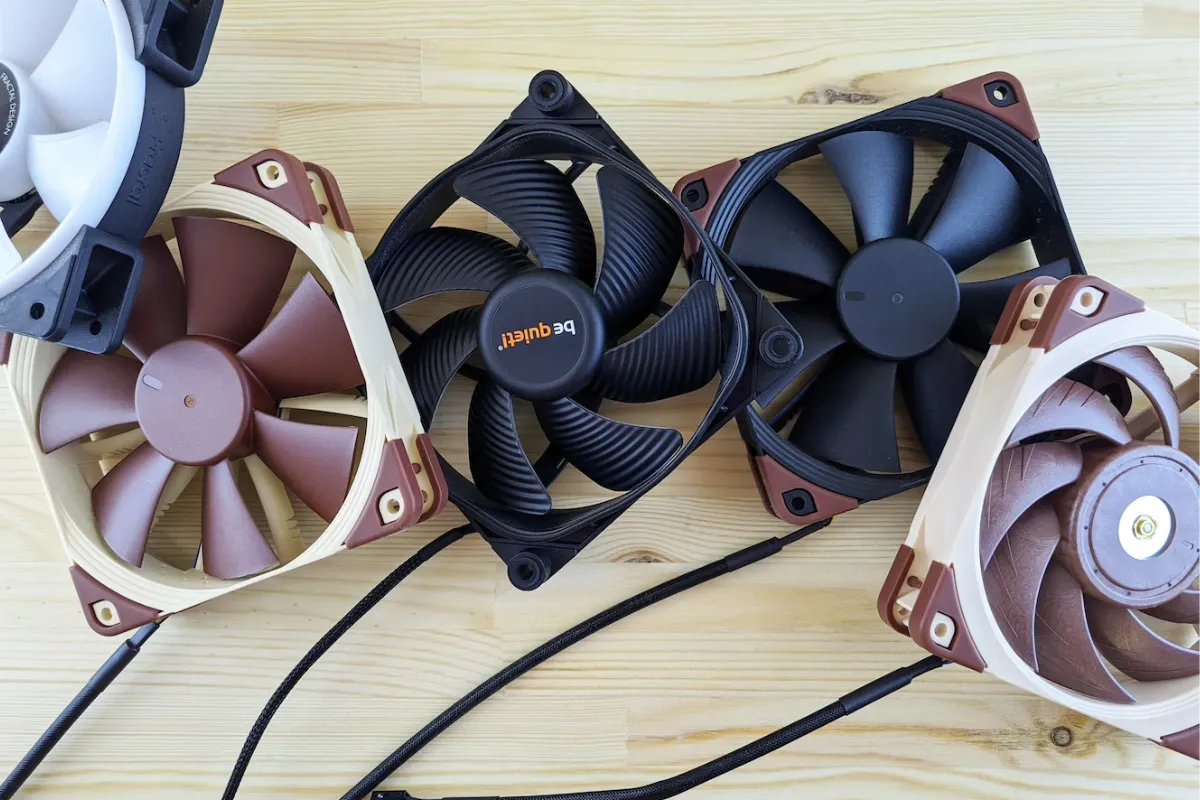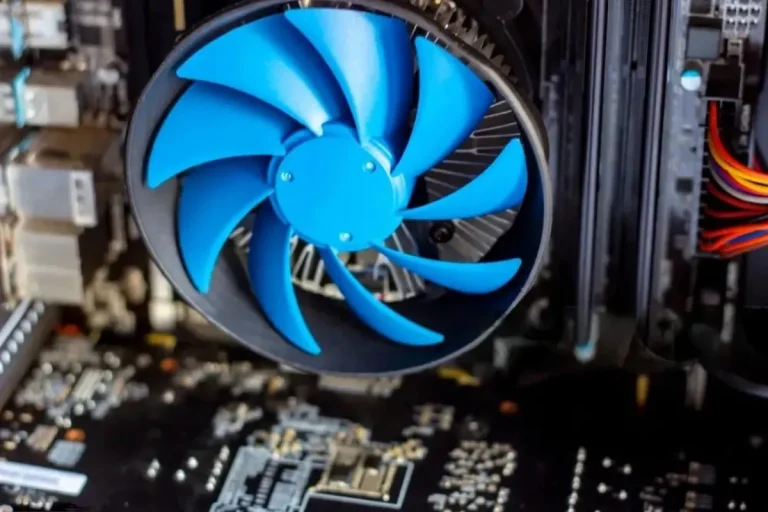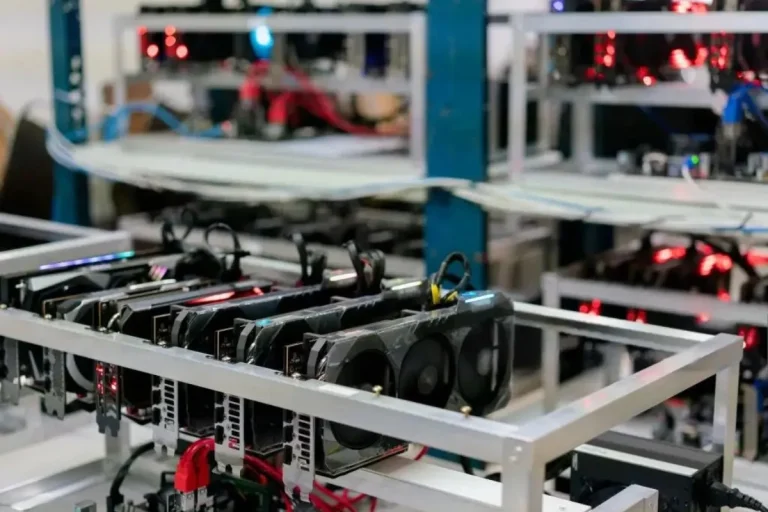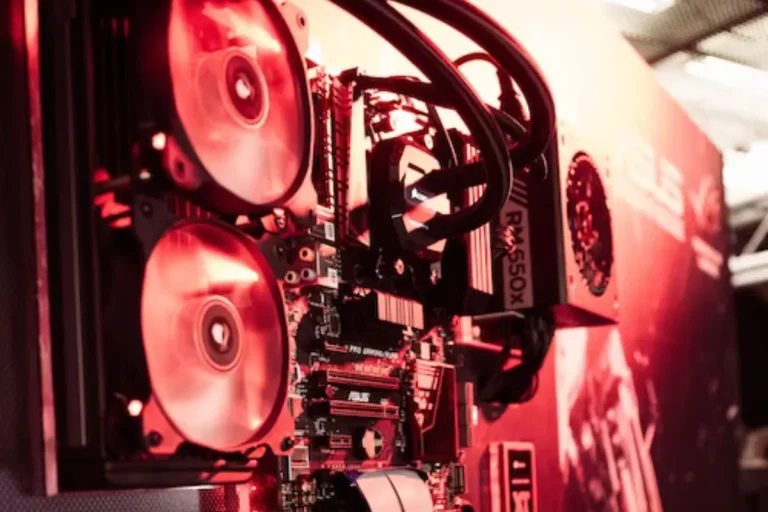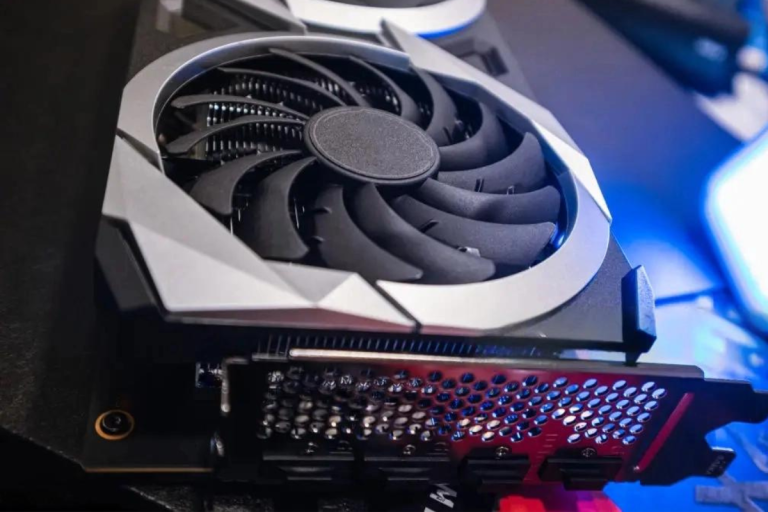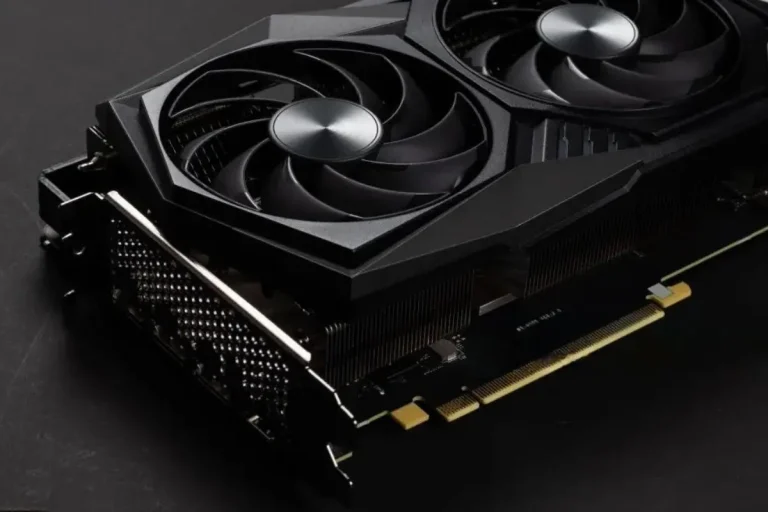How do I tell if my GPU is overheating?
Is your GPU overheating and causing performance issues? Don’t sweat it! We’ll help you easily identify if your graphics card is running too hot and show you what steps to take to prevent potential damage. Let’s dive in and keep your gaming rig cool as a cucumber!
Causes of GPU Overheating
When it comes to GPU overheating, several factors can be the culprits behind this common issue. Understanding these causes is crucial in maintaining the optimal temperature of your graphics card.
Let’s take a closer look at the most common reasons for GPU overheating and how each factor affects the GPU temperature.
Inadequate Cooling
One major cause of GPU overheating is inadequate cooling. If your computer case doesn’t have sufficient airflow or if the cooling system of your GPU is not up to par, the heat generated by the graphics card cannot dissipate effectively.
This can lead to a gradual rise in temperature, ultimately resulting in overheating.
Dust Accumulation
Dust is another silent enemy that can contribute to GPU overheating. Over time, dust particles can accumulate on the cooling fans and heat sinks of your graphics card, hindering proper airflow and heat dissipation. This dust build-up acts as an insulator, trapping heat and causing the GPU temperature to rise.
Overclocking
While overclocking can provide a performance boost, it also increases the heat output of your GPU. Pushing your graphics card beyond its recommended clock speeds and voltage limits can lead to excessive heat generation, surpassing the cooling capabilities of the GPU’s stock cooling solution. This can result in overheating if not properly managed.
Faulty Fans
The fans responsible for cooling your GPU play a critical role in maintaining a safe temperature. If these fans fail or are not functioning optimally, the airflow needed to dissipate heat diminishes significantly. As a result, the GPU temperature can quickly rise, leading to overheating.
Preventive Measures
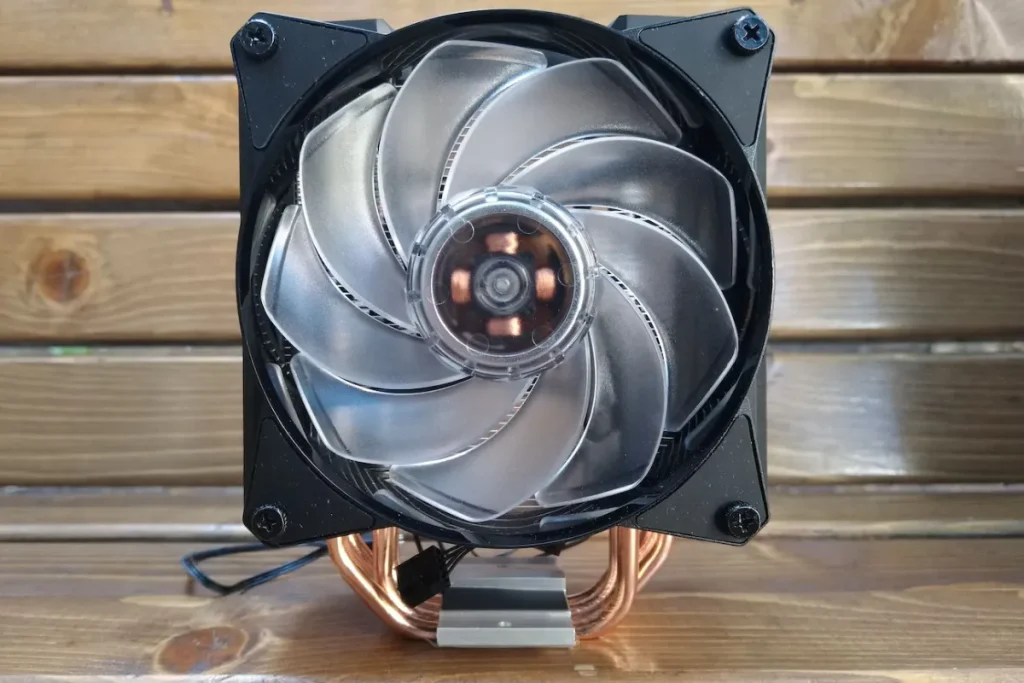
To ensure your GPU stays cool and avoids the dreaded overheating, implementing preventive measures is key. By following these practical tips, you can keep your graphics card running smoothly and prolong its lifespan. Let’s explore the effective preventive measures you can take.
Keeping the GPU and Surroundings Clean
Regularly cleaning the GPU and its surroundings is essential for optimal cooling. Dust and debris can accumulate on the graphics card, obstructing airflow and causing heat buildup.
Use compressed air or a soft brush to gently remove dust from the GPU, fans, and heat sinks. Additionally, keep the area around your computer clean to prevent dust from entering the system.
Optimizing Airflow
Proper airflow is crucial for maintaining the right temperature. Ensure that your computer case has adequate ventilation and that the fans are working correctly. Consider adding additional case fans if needed to improve airflow.
Positioning your computer in a well-ventilated area, away from walls or obstructions, can also help optimize airflow.
Avoiding Excessive Overclocking
While overclocking can enhance performance, it also increases heat generation. Avoid pushing your GPU beyond its recommended limits to prevent overheating. Find a balance between performance and temperature by monitoring the GPU temperature while overclocking and ensuring it remains within safe ranges.
Benefits of Regular Maintenance and Cleaning
Regular maintenance and cleaning offer several benefits. Keeping your GPU clean prevents dust buildup that can hinder cooling efficiency. This, in turn, helps maintain optimal performance and stability.
Regular maintenance also allows you to identify and address any potential issues before they escalate, ensuring the longevity of your graphics card.
Troubleshooting Overheating Issues
Experiencing GPU overheating can be frustrating, but fear not! Troubleshooting the problem can help identify and resolve underlying issues, ensuring your graphics card stays cool and performs optimally. Let’s dive into some troubleshooting steps to tackle GPU overheating problems head-on.
Check for Fan Malfunctions
Start by checking if your GPU’s fans are working properly. Ensure that the fans spin freely and without any obstructions. If the fans are not spinning or are spinning irregularly, there may be a malfunction. In such cases, consider replacing the fans or seeking professional assistance.
Assess Airflow and Ventilation
Inadequate airflow can contribute to GPU overheating. Check if your computer case has proper ventilation and that the fans are positioned correctly. Ensure that no obstructions are blocking the airflow, such as cables or objects pressed against the GPU or fans.
Improving airflow by rearranging cables or adding case fans can make a significant difference.
Monitor GPU Temperature
Using software tools, monitor the temperature of your GPU while it’s under load. If the temperature consistently exceeds safe limits, it indicates a cooling problem.
Consider using GPU temperature monitoring software to keep an eye on the temperature and identify patterns or triggers that may be causing overheating.
Clean the GPU and Cooling System
Dust accumulation on the GPU and cooling system can impede heat dissipation. Gently clean the GPU, fans, and heat sinks using compressed air or a soft brush. Be thorough and ensure that all dust and debris are removed. Regular cleaning helps maintain optimal cooling efficiency.
Frequently Asked Questions
1: How can I determine if my GPU is overheating?
One way to check is by monitoring the GPU temperature using software tools. If the temperature consistently exceeds safe operating limits (usually around 80-85 degrees Celsius), it indicates potential overheating.
2: Why does my computer freeze or crash during intense gaming sessions?
Frequent freezing or crashing during demanding games can be a sign of GPU overheating. When the graphics card gets too hot, it may struggle to perform efficiently, leading to system instability.
3: What are the visual indicators of GPU overheating?
Keep an eye out for artifacts or graphical glitches on your screen, such as distorted textures, flickering, or pixelation. These visual anomalies may suggest that your GPU is overheating.
4: Can a loud fan noise be a sign of GPU overheating?
Surprisingly, yes. If your GPU’s fan is running at high speeds and producing excessive noise even during light usage, it could indicate that the graphics card is struggling to cool itself down due to increased temperatures.
5: Is a sudden drop in gaming performance a symptom of GPU overheating?
Yes, it can be. When a GPU overheats, it tends to throttle its performance to reduce heat generation. As a result, you may notice a sudden decrease in frame rates or overall gaming performance.
Conclusion
Keeping an eye out for signs of GPU overheating is essential for maintaining optimal performance. By monitoring temperatures, looking for visual anomalies, listening for loud fan noises, and observing drops in gaming performance, you can identify if your GPU is overheating and take the necessary steps to prevent any potential damage. Stay cool, game on!
